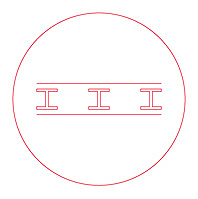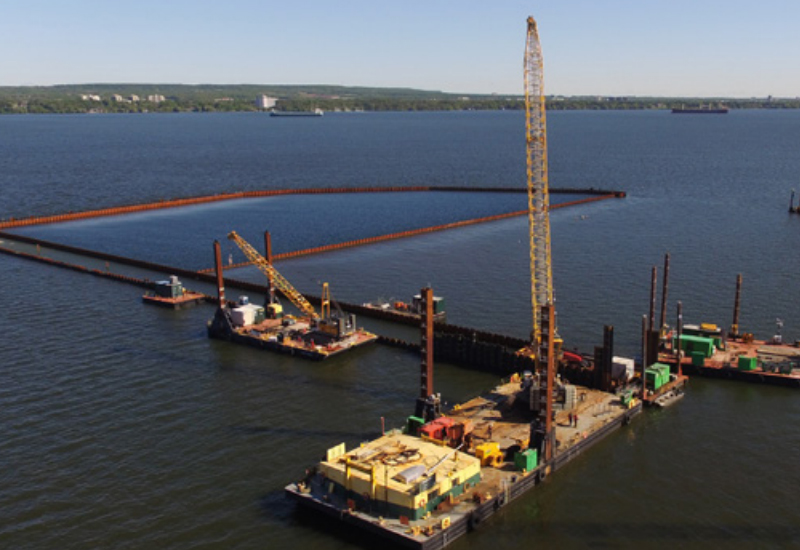Vibrated Beam Slurry Walls

 Slurry walls are constructed below the ground surface using a slurry (a fluid mixture of water and bentonite or cement) to stabilize the sidewalls of the trench during excavation. Slurry walls can be structural or non-structural, depending on the application.
Slurry walls are constructed below the ground surface using a slurry (a fluid mixture of water and bentonite or cement) to stabilize the sidewalls of the trench during excavation. Slurry walls can be structural or non-structural, depending on the application.
Vibrated Beam Slurry Walls are non-structural slurry walls that are achieved by leaving the slurry mixture to cure inside the excavated trench creating an impervious subsurface barrier wall. To learn about SBC’s structural slurry wall techniques, see Diaphragm Walls.
These walls are most often employed as subsurface cut-off walls to address groundwater and other environmental migration issues. This specialized installation technique uses vibratory driving equipment and a custom-designed wide-flange beam fitted with a grout injection nozzle at its base. The beam is driven vertically into the ground to the design depth by displacing the adjacent soil and creating a void that is filled with slurry as the beam is extracted, forming a single wall panel. Successive panels are constructed in the same manner, each overlapping with the previous one by a specified amount to create a continuous subsurface wall.
Advantages
- These walls provide an effective solution to undesired lateral groundwater seepage, particularly important at sites where hazardous or contaminated materials are present underground.
- In some cases, the slurry can be chemically modified to further mitigate the effects of a present known pollutant.
- This technique requires minimal excavation which mitigates handling and disposal costs.
- Walls can be installed plumb or at a batter to suit the application.
Applications
SBC has employed this technique to construct cut-off walls around landfills, gas stations and chemical plants utilizing equipment made by its manufacturing division Berminghammer.

